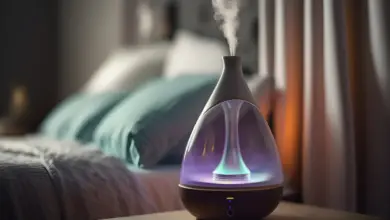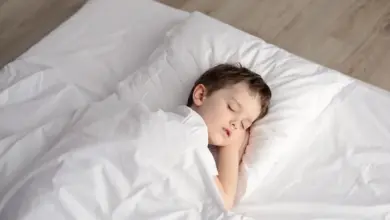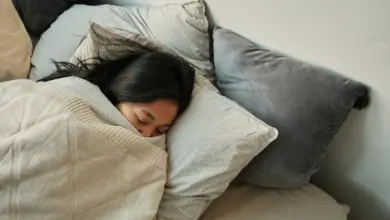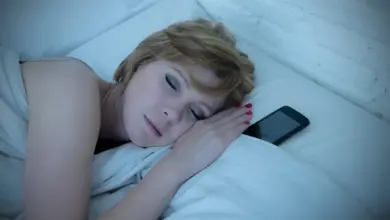What Color Light Helps You Sleep?
What Color Light Helps You Sleep? Scientists Have The Answer!
All of us have been taught that any light is bad for sleep. We use phrases like “lights off” to make it clear that any light, including streetlights, lamps, or blue light, can disrupt our sleep. Of course, it makes sense that light is considered the opposite of sleep. Indeed, this is largely the case, but when it comes down to coloured LED lights, things get a bit more complicated.
In recent years, glowing decorations have become increasingly popular. They can be found on the walls of almost every teenager and young adult bedroom in the world. Some people use them to create a relaxing atmosphere for time spent with their friends. Others fall asleep while they are still lit. Some people wonder whether these strips affect sleep. Does it matter whether you light your room with a purple, blue, green or red glow? We are not new to asking the experts about sleep.
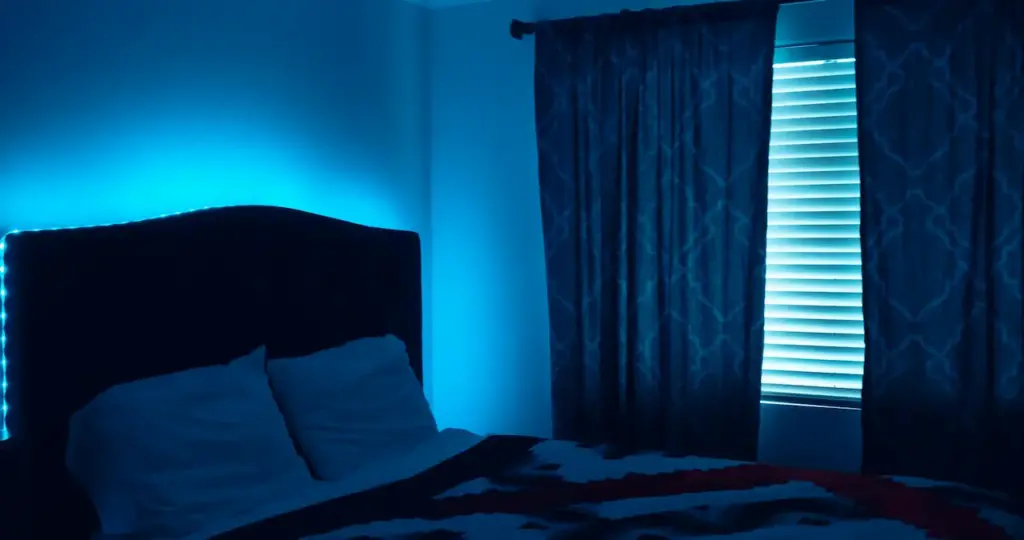
Colour and Light Psychology
Colors have many cultural and psychological associations. We’ve discussed the best colours for bedroom walls to help you sleep in the past. maybe associated with blue for serenity. Green is often associated with vitality. Red can represent aggression. Purple represents spirituality. Yellow signifies joy. You can infer from this that your associations with colours may make you feel more relaxed. Maybe your favourite colour will help you fall asleep. Popular associations with colour may not be the same as what we experience when exposed to coloured light.
Even so, the experience with colored lights can vary depending on each individual. According to a study from 2017, sleep study participants who chose their favourite colour of light to sleep under fell asleep up to 10 minutes faster compared to those who chose white or a random coloured light. This data was collected in an unfamiliar, monitored test room equipped with EEG sensors. We can’t say for sure that these results would hold in a normal bedroom. Participants who had the freedom to select their colour may have fallen asleep quicker due to a sense of peace and security.
What colour light makes you sleepy?
Red
Matadors use red to aggravate the bulls. You might be surprised to find out that red is considered to be the best colour to relax and sleep. , a study from 2012, found that red light can increase the production of melatonin, improving both sleep quality and duration. The study was performed on Chinese women basketball players. It also showed improved endurance the following day. It makes sense, considering the correlation between good sleep and physical fitness and energy. The study’s authors concluded that red-light irradiation could be used to treat sleep disorders.
Red light therapy devices can be purchased online by people who have trouble falling asleep at night. Customers can use a red light to fall asleep for 10-20 minutes every night as a cheaper alternative to professional sleep therapy.
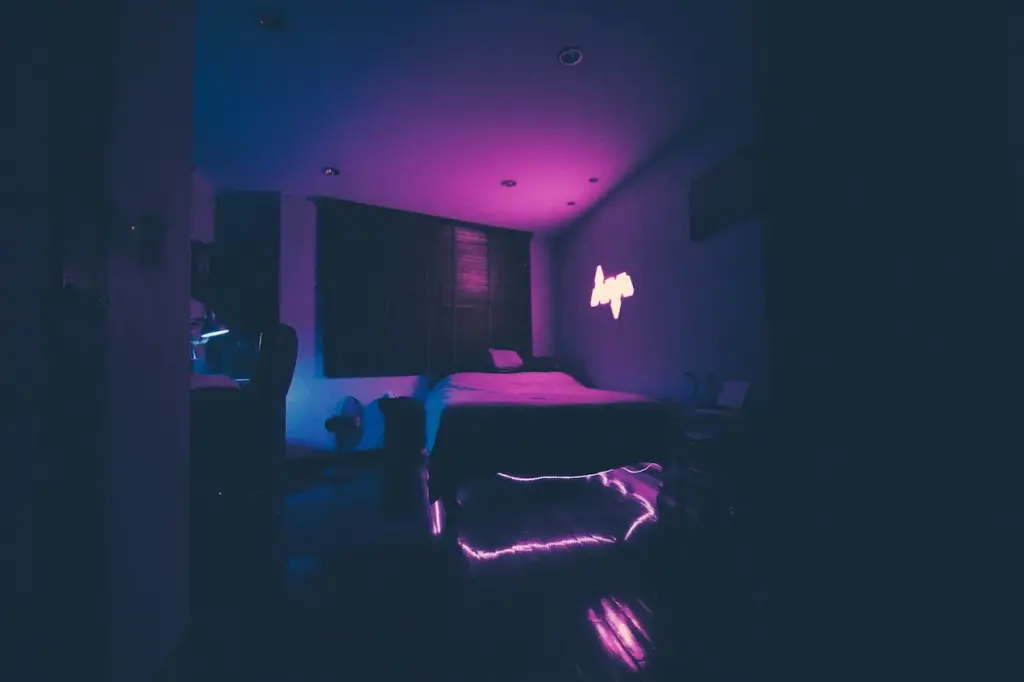
Pink
Pink is a combination of purple and red. Both are warm colours or could be warm. Pink might be worth a try if you want a soft glow at night. There is no research to support the use of pink as a sleeping aid.
What Color Lights Are the Worst?
Blue
and the dangers of screen-based electronic devices are not new to most of us. We’ve discussed the risks associated with falling asleep near your phone in the past. One of these was blue light. This type of blue light makes us stay awake longer, and our sleep cycle is less satisfying. The pineal gland relies on photoreceptors to initiate or stop melatonin. A 2017 study review found that the photoreceptors respond to light of a wavelength between 450 and 480 nanometers, which is blue to us. It’s no coincidence that night lights tend to be warm-toned. Cool colours can wake us up.
You can reduce the effect of blue techy light by downloading a filter application, investing in blue-light glasses or lowering your phone’s brightness. Warm-toned bulbs are recommended for fluorescent bulbs, which emit a cooler-toned glow.
The same effect was seen in studies on mice. Violet light also delayed sleep in mice, but not as much as blue light. It should be noted, however, that mice tend to be nocturnal, and are colour-blind. Their mechanisms may differ.
Green
Green light has a significant impact on sleep, even though it doesn’t have the same effect as blue. Green is an energizing colour that gamers use to stay awake late at night. Green is highly visible in the darkness, making it a good alternative to pure darkness or white light if you are working late.
The Benefits of Coloured Lighting
We don’t want anyone to throw away their LEDs. Wakefulness-inducing lighting can have many benefits. Green can help you stay awake and alert while at the same time calming. A soft pink or orange can also be a gentle way to awaken in the morning. It will boost your alertness, without dazzling you.
